
Nephrolepis exaltata bosteniensis - Plant
(MRP Inclusive of all taxes)
- Shipping ₹79 for entire order
- Dispatch in 7 days
- Country of origin: India

(MRP Inclusive of all taxes)
 Save 29%
Save 29%
Air Purifier Money Plant with Pot The Air Purifier Money Plant, also known as Pothos or Epipremnum aureum, is a stunning indoor plant that...
View full details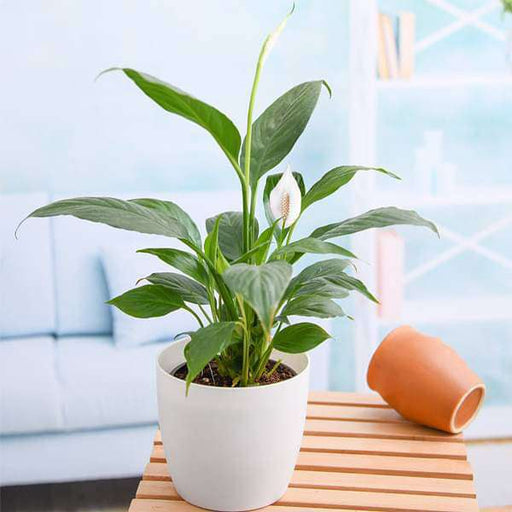
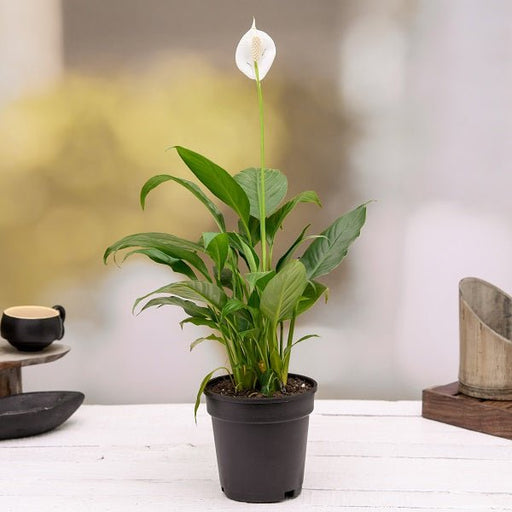 Save up to 15%
Save up to 15%
Peace Lily, Spathiphyllum - Plant The Peace Lily, scientifically known as Spathiphyllum, is a stunning houseplant celebrated for its elegant white...
View full details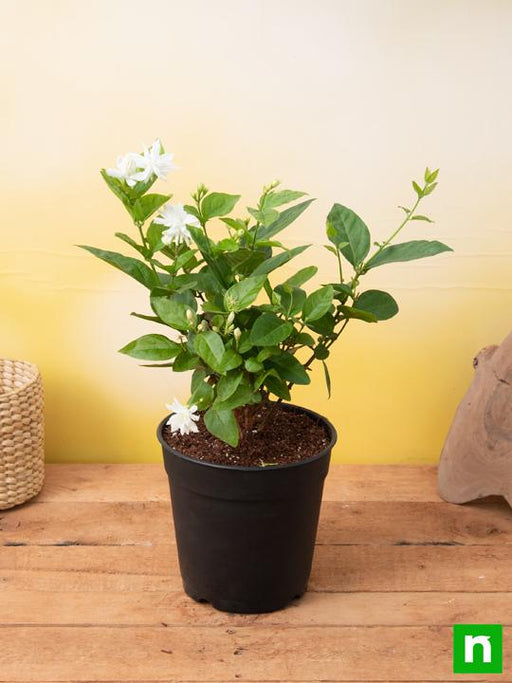
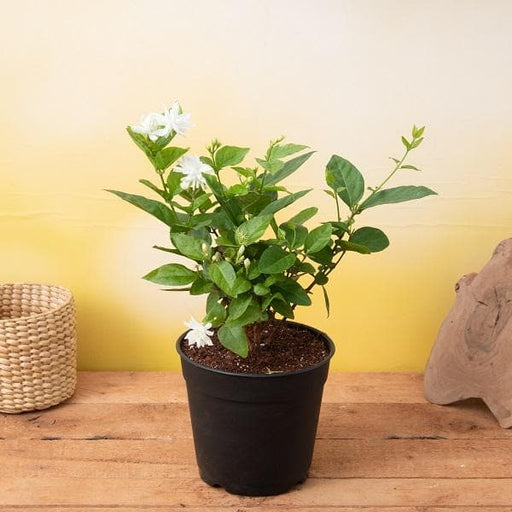 Save 25%
Save 25%
Jasminum sambac, Mogra, Arabian Jasmine - Plant Jasminum sambac, commonly known as Mogra or Arabian Jasmine, is a fragrant flowering plant...
View full details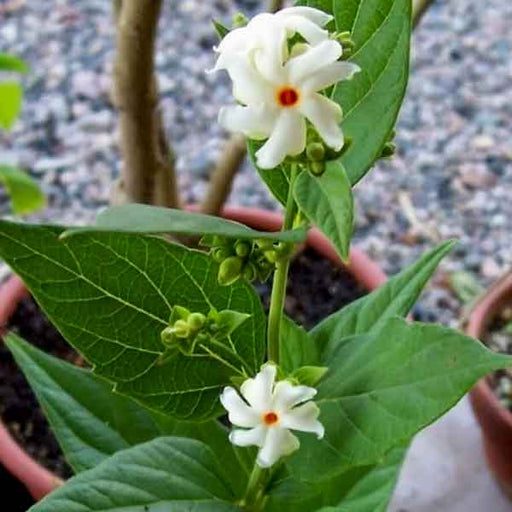
 Save 18%
Save 18%
Combo Constituents Includes the Parijat Tree (Night-Flowering Jasmine), a culturally significant plant with fragrant flowers. Description The Pari...
View full details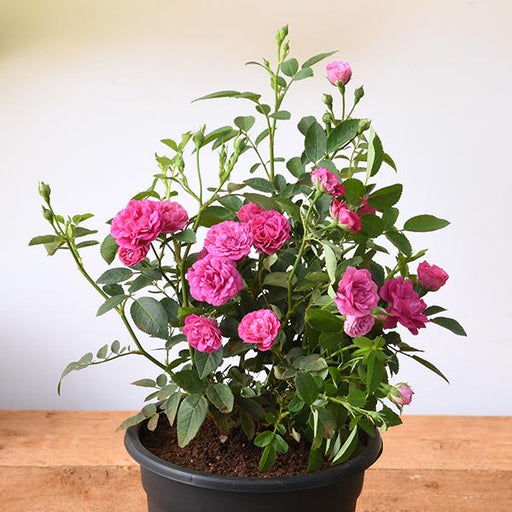
 Save 25%
Save 25%
Miniature Rose, Button Rose (Any Color) - Plant The Miniature Rose, also known as the Button Rose, is a charming and compact flowering plant that ...
View full details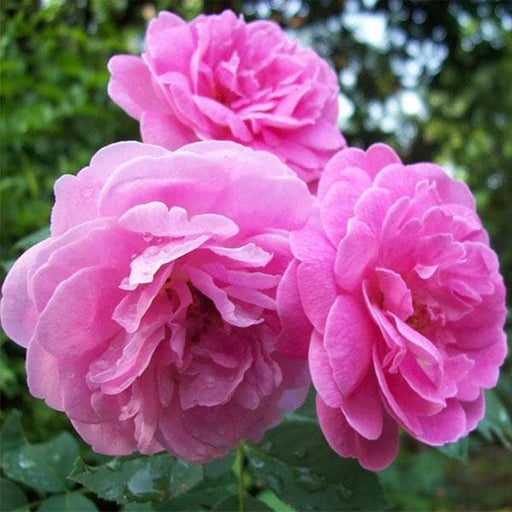 Save 25%
Save 25%
Damascus Rose, Scented Rose (Any Color) - Plant The Damascus Rose, also known as Rosa damascena, is a timeless symbol of beauty and romanc...
View full details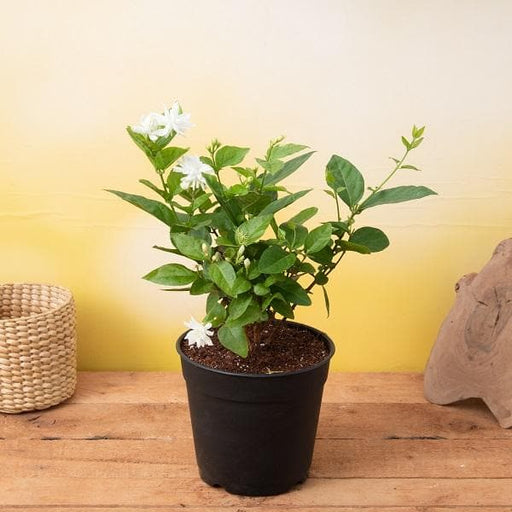
 Save 17%
Save 17%
Beautiful Fragrant Mogra, Arabian Jasmine Plant with Pot The Beautiful Fragrant Mogra, also known as Arabian Jasmine (Jasminum sambac), is...
View full details Save 15%
Save 15%
Pack of Vermicompost and Neem Cake for House Plants Transform your indoor garden with our premium Pack of Vermicompost and Neem Cake, spec...
View full details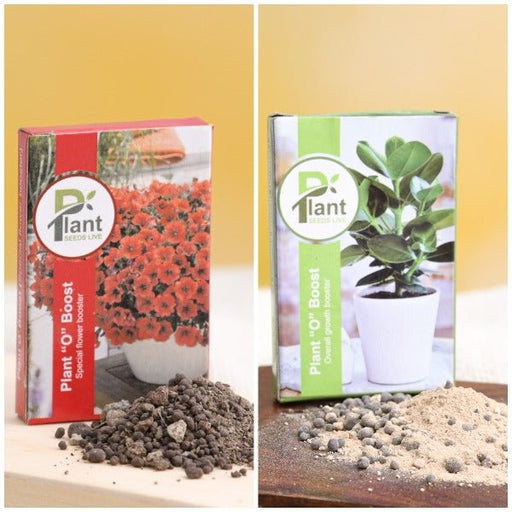
Pack of Plant Growth and Flower Boosters Unlock the full potential of your garden with our Pack of Plant Growth and Flower Boosters! This ...
View full details Save 38%
Save 38%
Combo of Jeevamrut and Neem Raksha for Easy Growth and Protection of Houseplants Transform your indoor garden with our exclusive combo of ...
View full details Save 22%
Save 22%
Plant Nutrients Kit (Pack of 16) for a Healthy Garden Transform your garden into a lush paradise with our Plant Nutrients Kit, featuring 1...
View full details Save 16%
Save 16%
Combo of Top Plant Fertilizers Elevate your gardening game with our exclusive Combo of Top Plant Fertilizers, featuring two bags of premiu...
View full details Save 24%
Save 24%
Pack of 4 Additives to Make Soil Healthy and Nutrient Rich Transform your garden into a thriving ecosystem with our Pack of 4 Additives de...
View full details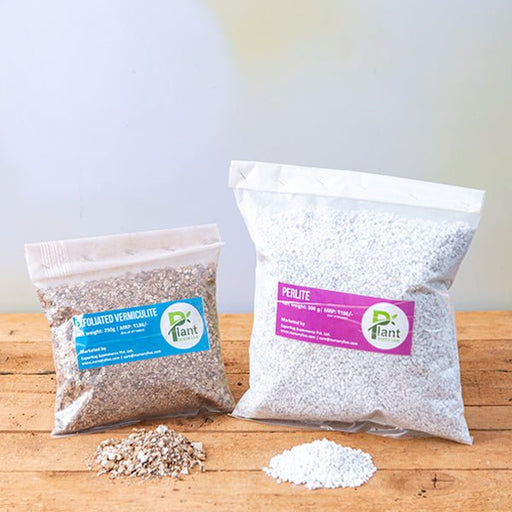 Save 30%
Save 30%
Transform your gardening experience with our premium Combo of Perlite and Vermiculite. This unique blend is designed to enhance soil aeration and ...
View full details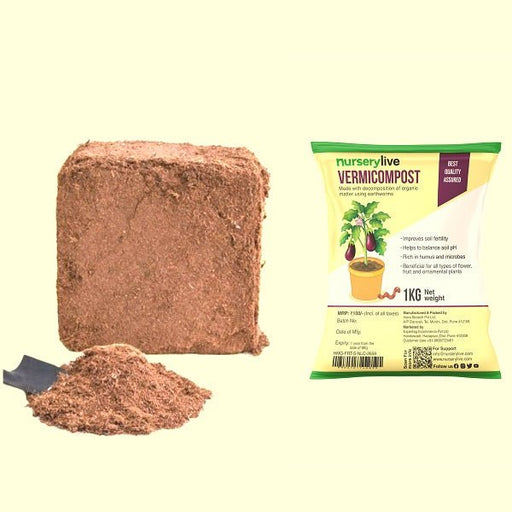 Save 27%
Save 27%
Combo of 2 Vermicompost and Cocopeat - Enrich Your Soil Naturally! Transform your garden into a thriving ecosystem with our Combo of 2 Ver...
View full details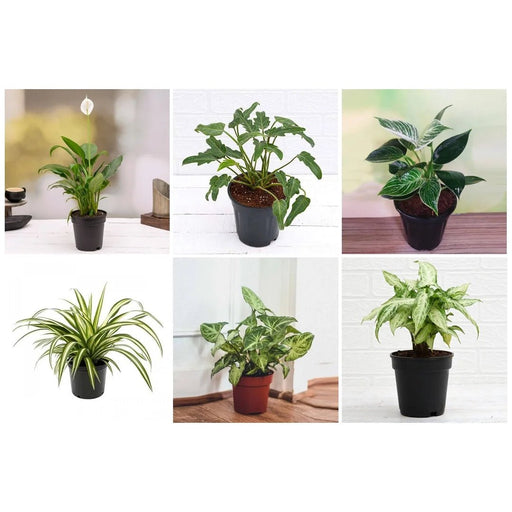
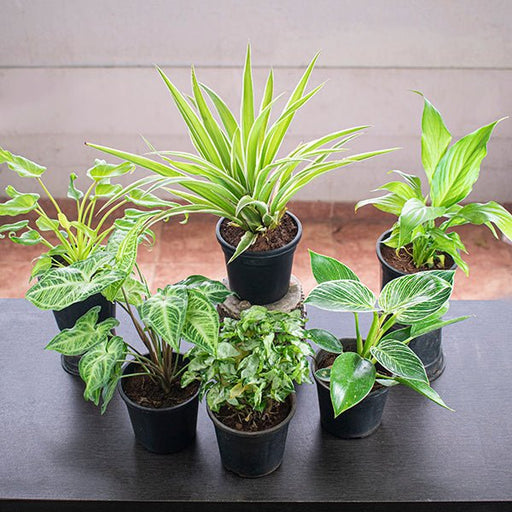 Save 35%
Save 35%
Best 6 Plants for Perfect Indoor Garden Transform your living space into a lush oasis with our curated collection of the Best 6 Plants for a...
View full details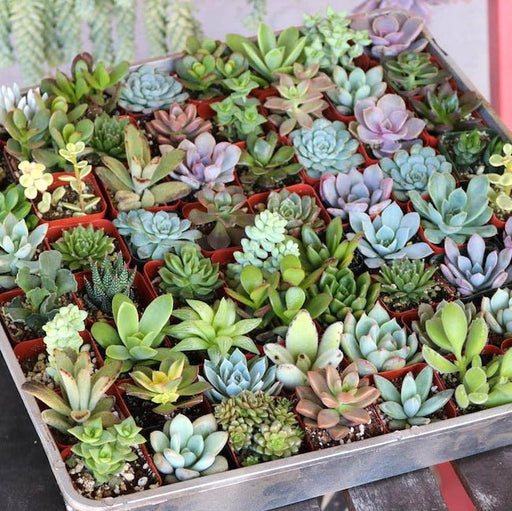
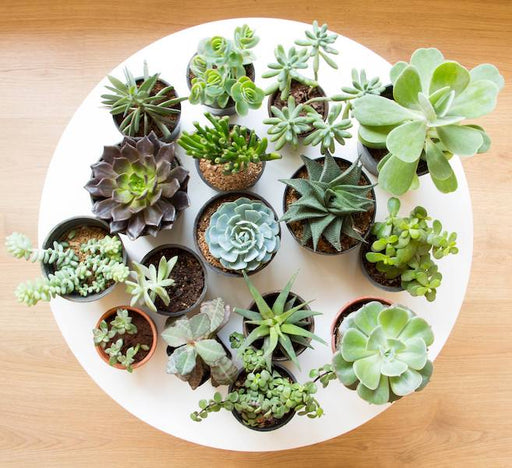 Save up to 50%
Save up to 50%
Mini Succulent Garden Pack Transform your space with our Mini Succulent Garden Pack, featuring a delightful collection of 4 any variety beautiful s...
View full details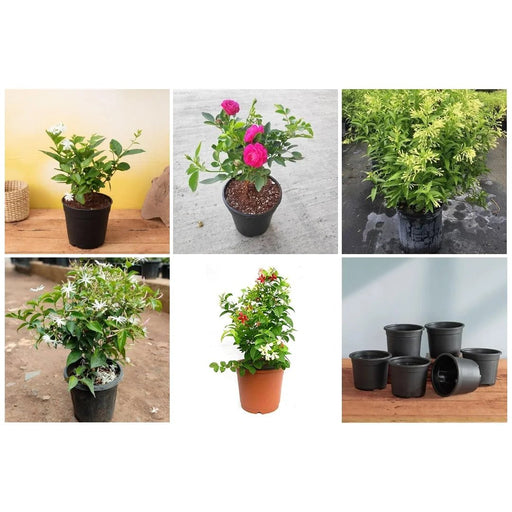
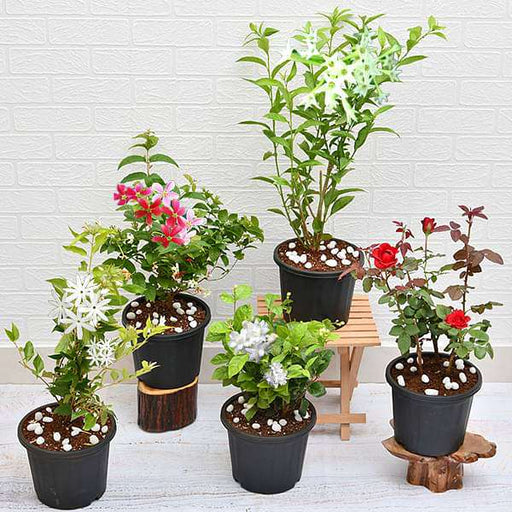 Save 30%
Save 30%
5 Best Fragrant Plants Transform your garden or indoor space into a fragrant paradise with our curated selection of the 5 Best Fragrant Plants. Th...
View full details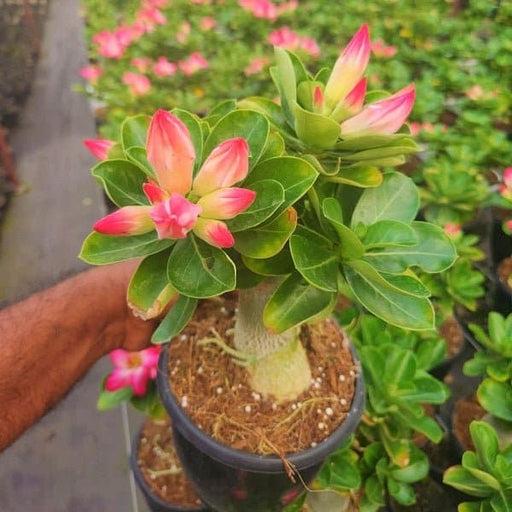
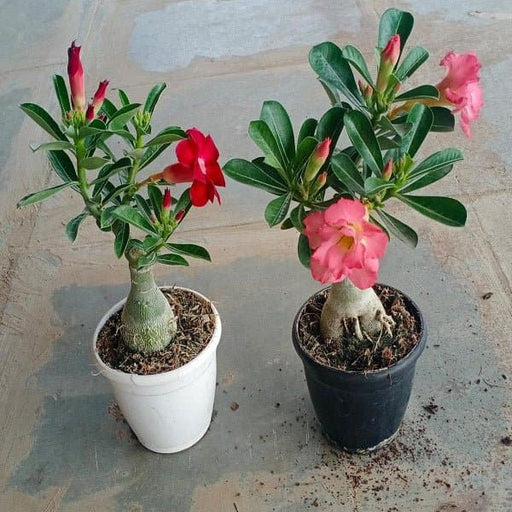 Save 24%
Save 24%
Set of 2 Bonsai Looking Grafted Adeniums Transform your indoor or outdoor space with our exquisite Set of 2 Bonsai Looking Grafted Adenium...
View full details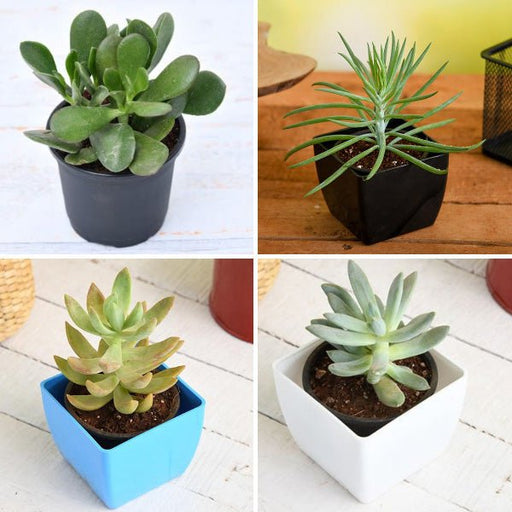 Save 45%
Save 45%
Top 4 Die Hard Succulents Pack Transform your indoor or outdoor space with our Top 4 Die Hard Succulents Pack, featuring a curated selecti...
View full details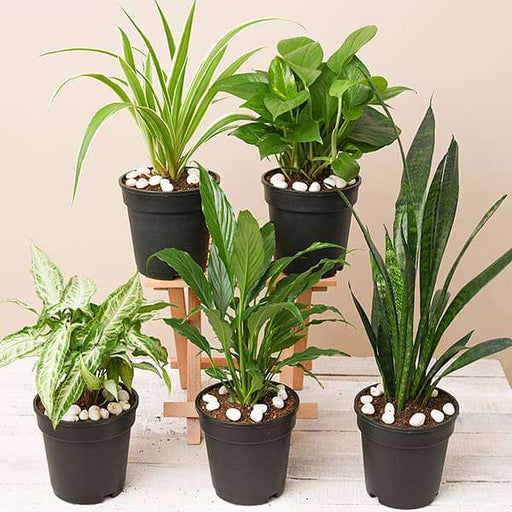
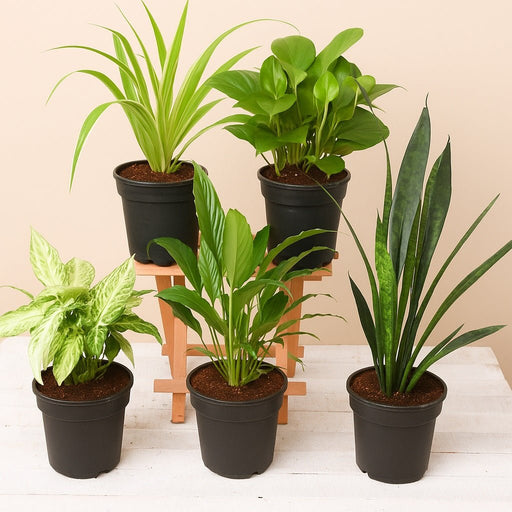 Save 30%
Save 30%
5 Best Indoor Plants Pack Transform your living space into a lush oasis with our '5 Best Indoor Plants Pack.' This carefully curated collection fe...
View full details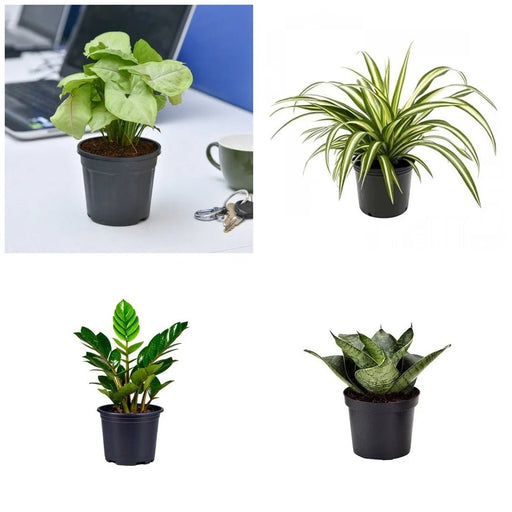
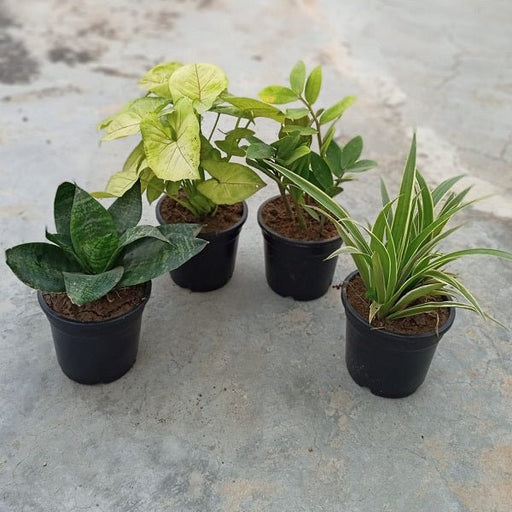 Save 25%
Save 25%
Set of 4 Evergreen Air Purifier Plant Pack Transform your indoor space into a lush, green oasis with our Set of 4 Evergreen Air Purifier Pla...
View full details| SrNo | Item Name |
|---|---|
| 1 | Nephrolepis exaltata bosteniensis - Plant |
The Nephrolepis exaltata bosteniensis, commonly known as the Boston Fern, is a lush, evergreen perennial that brings a touch of nature indoors. With its feathery, arching fronds, this plant can grow up to 3 feet tall and wide, making it a stunning addition to any home or garden. Native to tropical regions, the Boston Fern thrives in humid environments, making it an ideal choice for bathrooms or kitchens.
What makes the Boston Fern special is its air-purifying qualities. This plant is known to remove toxins such as formaldehyde and xylene from the air, contributing to a healthier indoor environment. Its vibrant green foliage not only enhances aesthetic appeal but also promotes a sense of tranquility and well-being.
One of the standout features of the Boston Fern is its ability to adapt to various light conditions, although it prefers indirect sunlight. This resilience, combined with its lush appearance, makes it a favorite among plant enthusiasts and interior decorators alike.
This is the fancy scientific name for the Boston fern, a plant that’s as elegant as it sounds. With its lush, feathery fronds, it’s like the diva of the plant world, demanding attention and admiration. Native to tropical regions, it thrives in humidity, making it the perfect companion for your bathroom or any spot that could use a little greenery. Just remember, it’s not a cactus; it prefers to be pampered with moisture and indirect light.
Caring for your Nephrolepis exaltata bosteniensis is like nurturing a high-maintenance friend. It loves humidity, so misting it regularly is a must. Keep it out of direct sunlight, or it might just throw a tantrum and turn crispy. Regular watering is essential, but don’t drown it; it’s not a water-loving fish. With the right care, it’ll reward you with lush growth and a touch of nature’s elegance.
Indoor ferns are the unsung heroes of home decor. They bring a splash of green to your living space, purifying the air while looking fabulous. The Boston fern, in particular, is a showstopper, with its cascading fronds that can turn any dull corner into a tropical paradise. Plus, they’re low-key about their needs, thriving in indirect light and requiring just a bit of love and attention.
Planting your Nephrolepis exaltata bosteniensis is like setting the stage for a botanical performance. Choose a pot with good drainage, fill it with a rich, organic potting mix, and give it a cozy home. Make sure it has enough room to spread its fronds, as it’s not one to shy away from a little space. Water it well after planting, and watch as it takes center stage in your plant collection.
Propagating your Boston fern is like playing plant matchmaker. You can do this through division or spores, but let’s be honest, division is the easier route. Simply separate a healthy clump of fronds and replant them in their own pots. With a little patience and care, you’ll soon have a mini-forest of ferns, ready to take over your home and impress your guests.
Humidity is the secret sauce for keeping your Nephrolepis exaltata bosteniensis happy. These ferns thrive in moist environments, so if your home is drier than a desert, it’s time to step up your game. Consider using a humidifier, grouping plants together, or placing a tray of water nearby to create a mini rainforest. Your fern will thank you with vibrant growth and a lush appearance.
Just like any diva, the Boston fern can attract unwanted attention from pests. Watch out for pesky critters like spider mites and mealybugs, who think they can crash the party. Regularly inspecting your plant and giving it a gentle wash can help keep these intruders at bay. If they do show up, a little neem oil or insecticidal soap can send them packing, ensuring your fern remains the star of the show.
Fertilizing your Nephrolepis exaltata bosteniensis is like giving it a gourmet meal. During the growing season, a balanced liquid fertilizer every month will keep it thriving. Just remember, moderation is key; too much fertilizer can lead to a case of the “burnt fronds.” A well-fed fern will reward you with lush, vibrant growth that will make your friends green with envy.
The light requirements for your Boston fern are as specific as a diva’s demands. It prefers bright, indirect light, so avoid placing it in direct sunlight, which can scorch its delicate fronds. A north or east-facing window is ideal, providing just the right amount of light without overwhelming it. If it starts to stretch towards the light, it’s a sign it’s not getting enough—time to adjust its spotlight!
Caring for indoor plants is like being a plant parent, and the Boston fern is a delightful child. It requires attention, love, and a bit of pampering. Regular watering, humidity, and the right light conditions are essential for keeping it happy. Don’t forget to talk to your plants; they love the attention! With a little effort, your indoor garden will flourish, and your Boston fern will be the star of the show.
The benefits of having a Boston fern in your home are as plentiful as its fronds. Not only does it add a touch of elegance to your decor, but it also purifies the air, making your space healthier. It’s like having a little green friend that works hard while looking fabulous. Plus, caring for plants can reduce stress and boost your mood, making your Boston fern a true wellness champion.
Nephrolepis exaltata bosteniensis, also known as the Boston fern, is a lush, feathery plant that loves to hang out in humid environments. With its graceful fronds, it’s like the diva of the plant world, demanding attention and a bit of moisture to thrive. Perfect for adding a touch of green glam to your space!
Caring for this fern is like nurturing a high-maintenance friend. It craves indirect sunlight, consistent moisture, and humidity. Water it when the top inch of soil feels dry, and mist those fronds regularly. Remember, a happy Boston fern is a thriving Boston fern, so keep it cozy and it’ll reward you with lush growth!
This fern prefers bright, indirect light—think of it as a sunbather who hates sunburn. Direct sunlight can scorch its delicate fronds, so keep it in a well-lit room but away from those harsh rays. It’s all about finding that sweet spot where it can soak up the light without getting fried!
Watering this fern is like giving it a refreshing drink after a workout. Aim to keep the soil consistently moist but not soggy. Check the top inch of soil; if it’s dry, it’s time for a splash! Just don’t drown it—this fern prefers a gentle sip over a full-on swim.
This fern is a fan of mild climates, thriving best in temperatures between 60°F and 75°F. It’s not a fan of extreme heat or cold, so keep it away from drafty windows and scorching radiators. Think of it as your plant buddy who prefers a cozy, temperate hangout!
Absolutely! This fern is a champion indoor plant, bringing a touch of nature to your living space. Just ensure it gets enough humidity and indirect light. It’ll thrive in your home, making it the perfect green companion for your indoor jungle. Just don’t forget to pamper it a bit!
Keep an eye out for pesky pests like spider mites and mealybugs. They can be as annoying as a fly at a picnic! If you spot them, a gentle wash with soapy water or neem oil can send them packing. Regularly inspecting your fern will help keep it pest-free and fabulous!
Propagating this fern is like starting a plant family! You can do it through division. Carefully separate the root clumps during repotting and plant them in their own pots. With a little love and care, you’ll soon have a mini-forest of Boston ferns to show off to your friends!
Good news for pet parents! Nephrolepis exaltata bosteniensis is non-toxic to cats and dogs. So, if your furry friend decides to take a nibble, you won’t have to panic. Just keep an eye on them—some pets have a knack for turning your plants into their personal salad bar!
Fertilizing this fern is like giving it a little boost of confidence. Use a balanced, water-soluble fertilizer every 4-6 weeks during the growing season. Just dilute it to half strength to avoid overwhelming your leafy friend. A well-fed fern is a happy fern, ready to flaunt its fabulous fronds!
Common issues include browning fronds, which can signal low humidity or underwatering. Yellowing leaves might indicate overwatering or poor drainage. Keep an eye on your fern’s mood, and adjust its care accordingly. With a little TLC, you can turn those frowns upside down and keep your Boston fern thriving!
Yes, but only in suitable climates! If you live in a warm, humid area, your Boston fern can bask in the great outdoors. Just ensure it’s in a shady spot to avoid sunburn. If temperatures drop, bring it back inside—this fern prefers to avoid the winter chill like a true diva!